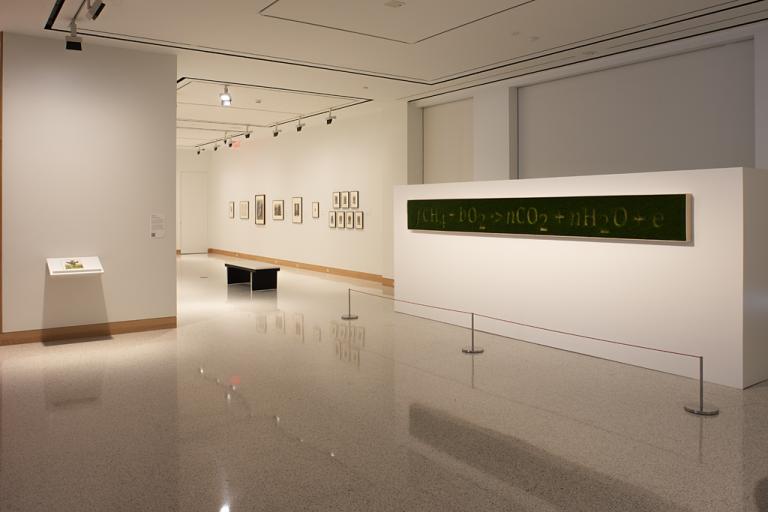Robinia pseudo-acacia (America), Anna Atkins
Artwork Overview
Anna Atkins, artist
1799–1871
Robinia pseudo-acacia (America),
circa 1851–1854
Portfolio/Series title: Cyanotypes of British and Foreign Flowering Plants and Ferns
Where object was made: England, United Kingdom
Material/technique: cyanotype; photogram
Dimensions:
Image Dimensions Height/Width (Height x Width): 347 x 237 mm
Image Dimensions Height/Width (Height x Width): 13 11/16 x 9 5/16 in
Mat Dimensions (Height x Width): 25 x 20 in
Image Dimensions Height/Width (Height x Width): 347 x 237 mm
Image Dimensions Height/Width (Height x Width): 13 11/16 x 9 5/16 in
Mat Dimensions (Height x Width): 25 x 20 in
Credit line: Museum purchase
Accession number: 1997.0033
Not on display
If you wish to reproduce this image, please submit an image request














